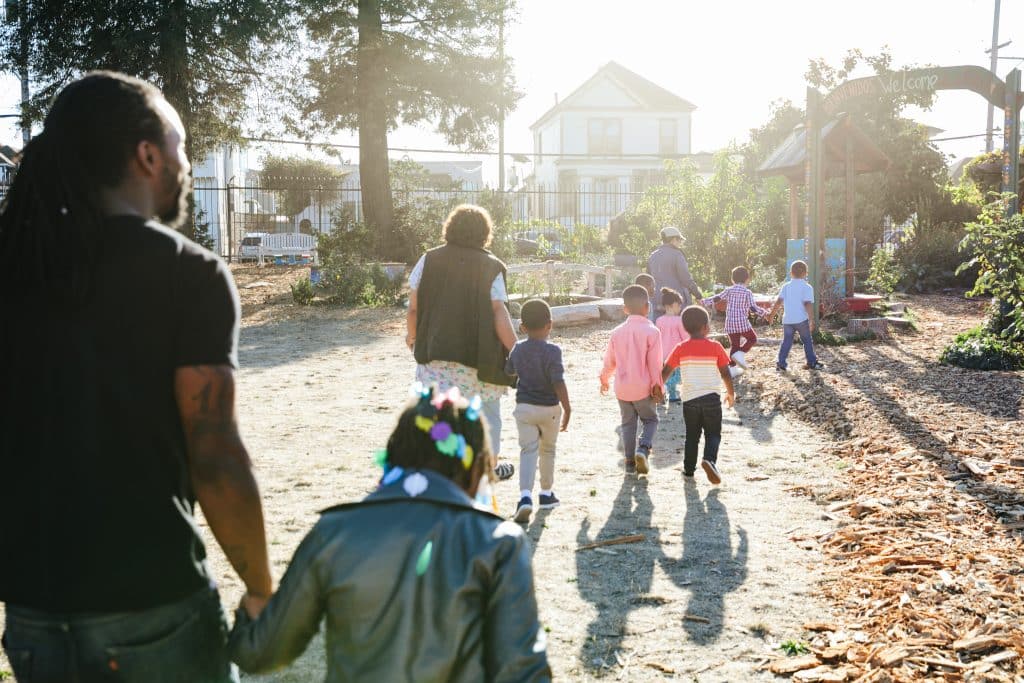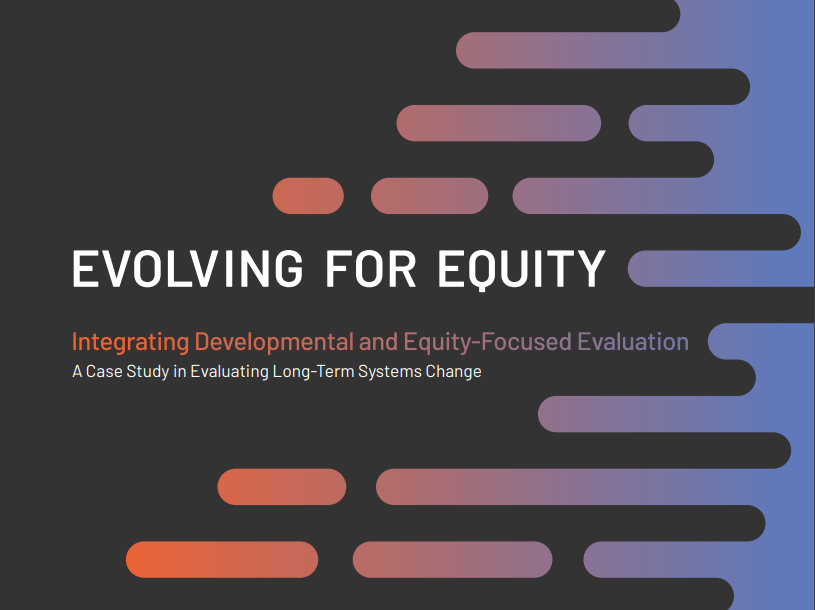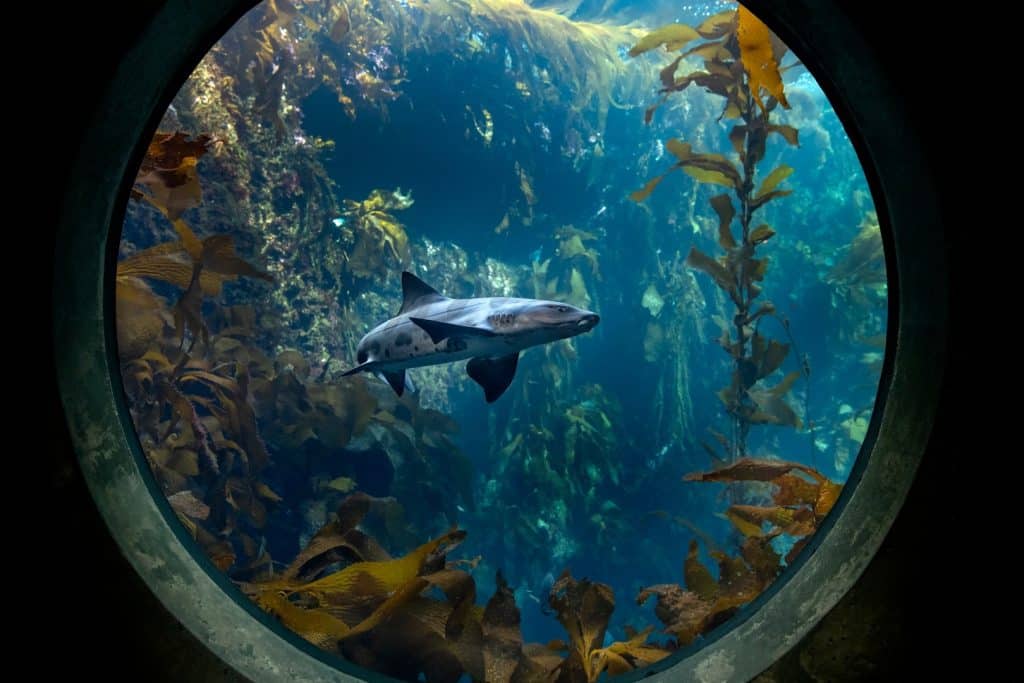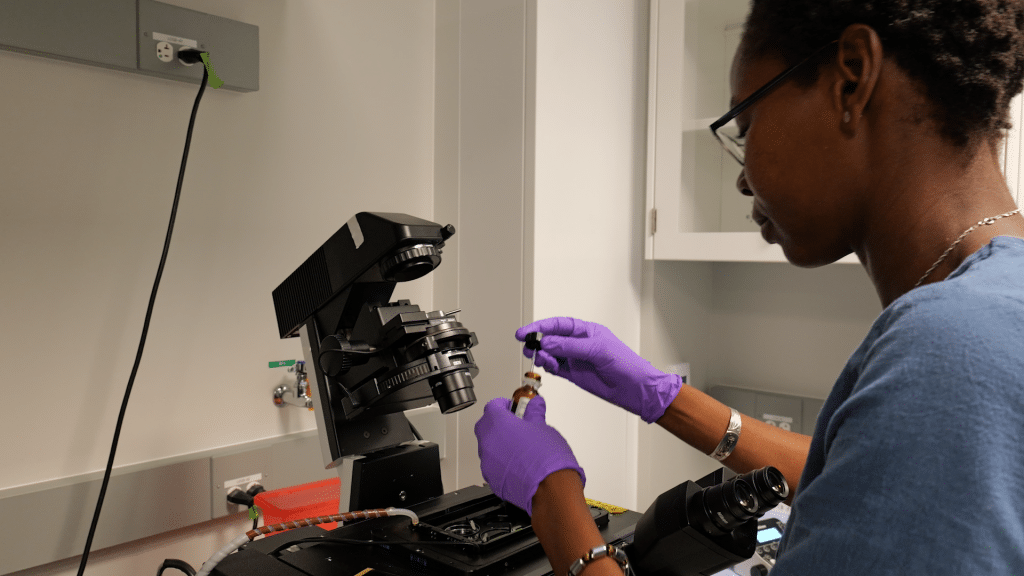Step into any kitchen across India, China or parts of Southeast Asia and you’ll likely find a bottle of amber colored palm oil next to the stove. In some parts of the world, the use of palm oil in cooking is as ubiquitous as olive oil in Italy. In fact, you probably enjoy palm oil every day. Turn over a bag of your favorite chips or cookies and take a look at the ingredients — there’s a good chance you’ll find it there.
In the carbon-rich forests of Kalimantan, in the Indonesian-governed region of Borneo, rows and rows of oil palms stretch as far as the eye can see. In Sumatra, palm oil plantations now blanket the landscape. In both regions, this tall, leafy palm, laden with oil-producing fruit, has crowded out diverse forest ecosystems. Before the palm oil plantations replaced them, abundant forests were home to healthy populations of orangutans and Sumatran tigers. As more forest is converted into plantations, these endangered species are pushed into smaller and smaller habitats, and closer to extinction.
How does palm oil have the power to threaten such beautiful landscapes and rare species? It’s cheap, and in high demand. Now commonplace in thousands of consumer products — from peanut butter to shampoo to biodiesel — its low price comes at significant expense. Today, global palm oil production is dominated by Indonesia, where in some years it is estimated that as many as 3.7 million acres of forest are leveled for palm and pulp plantations. Malaysia is a close second. Together, the two countries produce nearly 86 percent of the world’s palm oil.
While palm oil production provides rural employment, food security, and economic development in these countries, it must be grown responsibly. Cultivating it on fragile land accelerates deforestation, wipes out already endangered species, and threatens the livelihoods of indigenous people who call the forests home. Cultivation on peat soils in Indonesia is particularly harmful for the climate. In 2015, fires in peat soils in Indonesia associated with palm plantations released as much greenhouse gases each day as the entire daily emissions from the United States. Weak regulatory provisions and swelling demand have allowed for rapid expansion of the industry without proper environmental safeguards.
In 2008, when the Packard Foundation began increasing investments in climate change mitigation, we turned our attention to this driver of global deforestation. When a forest is wiped out for short-term economic gain, resilient ecosystems can disappear forever. Greenhouse gases are released into the atmosphere, accelerating the effects of climate change. Given the scale of the complex, interrelated challenges we faced, we knew we would find powerful solutions in collaboration with other foundations whose approaches complement our own.
Program officers from ClimateWorks, the Ford Foundation, the Gordon and Betty Moore Foundation and the Packard Foundation started a dialogue on these issues and began to sense the increased impact our shared knowledge and resources could have if combined. We saw the potential to preserve important forest ecosystems. We imagined the many communities of forest-dependent people whose livelihoods could be sustained, and ways to improve the livelihoods of small-holder farmers while protecting the forests. We began to calculate the amount of carbon that wouldn’t be released — and what that could mean for reducing climate change in these compromised areas and even globally. In 2009 this consortium of foundations created a bold new venture: the Climate and Land Use Alliance (CLUA).
In our founding documents, all four organizations agreed to coordinate areas of our grantmaking through CLUA and work together to “reduce greenhouse gas emissions associated with land use management in ways that protect the livelihoods and rights of indigenous people and poor rural communities, and slow the loss of ecosystem services and biodiversity.” Our joint mission utilizes the expertise and program capacity of each foundation; Packard is deeply committed to reducing greenhouse gas emissions and protecting biodiversity; Ford advocates for the rights of indigenous societies living in tropical forests; Moore conserves critical ecosystems; and ClimateWorks supports policies that prevent climate change.
Together, the pace and scale of our potential impact is accelerated and multiplied. We carry out integrated strategies — advocating for stronger regulation, engaging supply chain decision makers and reaching out to the larger consumer audience — to architect a holistic, exponentially more powerful approach. We’ve targeted regions where the challenges are greatest and where we can drive the most change — Brazil, Indonesia, the United States, Mexico and Central America.
In Indonesia, the team of foundation experts collaborating within CLUA authored a strategy to reduce emissions from palm oil production, informed by our diverse experience and perspectives. In partnership with grantees in Indonesia and internationally, we laid out a short-term goal to change the trajectory of the palm oil industry, slowing the rate of deforestation and peatland conversion while protecting the rights of the indigenous communities affected by palm oil production. We also envisioned an ambitious long-term strategy to shift the palm oil industry toward a low-emission model respecting international land and labor rights and valuing biodiversity.
Globally, we have seen extraordinary progress that could never have been achieved through the work of any single foundation. Within just five years of launch, CLUA has awarded 530 grants and contracts totaling $148 million (USD) in areas facing the greatest threat of deforestation. Our collaboration has set standards for reducing emissions from deforestation and defined protective actions the larger conservation community can pursue.
In Mexico, CLUA’s work helped establish the Mesoamerican Alliance of Peoples and Forests, which empowers indigenous communities in forest regions. In the U.S., our resources safeguarded the U.S. Lacey Act, which prohibits the sale of illegally sourced wood products. In Brazil, we funded an expert to work with the government, strengthening its National Climate Change Plan and Policy. In Indonesia, our presence elevated the discussion of land ownership and forest management to a national level. Our work with the Brazilian and Indonesian governments helped establish bold goals to reduce greenhouse gas emissions. In just a few years, our combined efforts have protected vital ecosystems and supported global players in mitigating climate change.
For the Packard Foundation, our participation in CLUA continually strengthens our commitment to deep partnership in pursuit of lasting change. We are able to see environmental issues in new ways and are constantly re-energized by the passion of our partners — all focused on a shared vision forward. CLUA is a testament not only to the power of this initiative, but to the vast, untapped potential of combined forces in philanthropy.





